One of the biggest traps people fall into when purchasing an oily water separator is buying the equivalent of the low-cost airfare and later getting slapped with extra costs for various “add-on” parts that are actually essential to running a separator. Besides the separator unit itself, there are some surrounding components that are must-haves otherwise your separator won’t work at all!
Below is a quick list of a couple of the more important components that need to be included in your next oily water separator purchase – please leave a comment below if you’re after a more comprehensive list!
1) Oil Collection Tank
The idea is to separate oil, right? So if the separator is doing its job, you will need somewhere to put the oil once it has been separated out. You’d be surprised how many separator vendors don’t include a collection tank in their price. This means the customer either gets a surprising “add-on” tacked onto their bill, or the customer must go out and select (and correctly size) a suitable collection tank themselves.
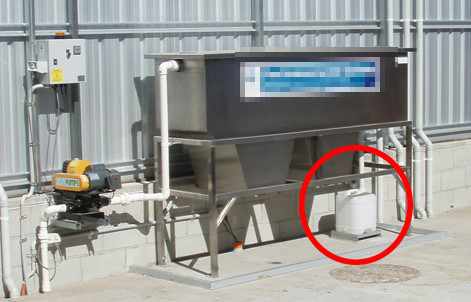
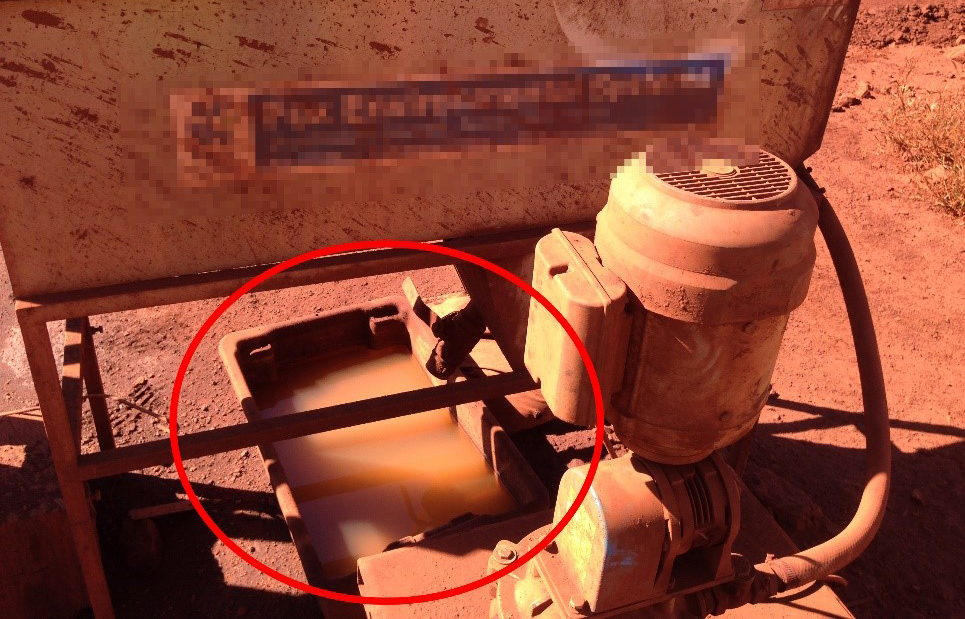
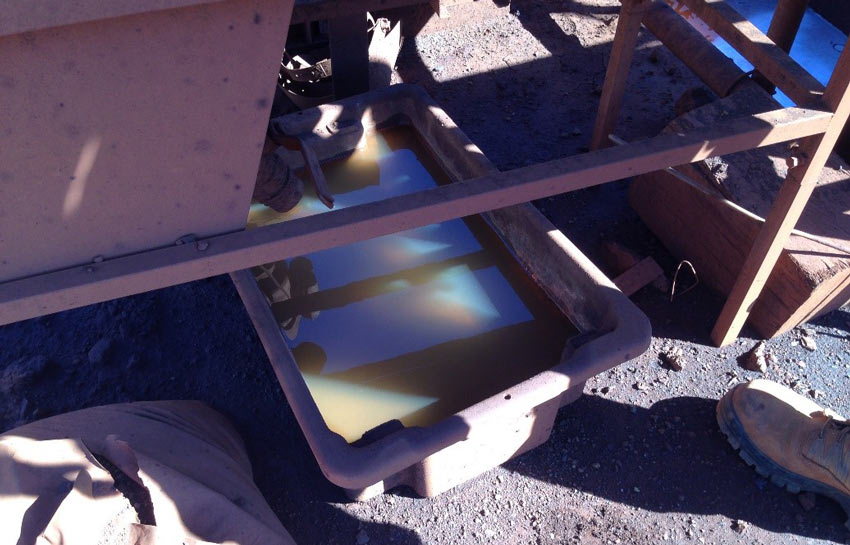
Some systems may even leave the “collected” oil open to rainwater depending on what site operators can find to collect the oil with!
Calculating the size of the oil collection container is relatively simple if you know a few basic facts. You just need the flow rate, the oil concentration, and the removal efficiency of the separator (ask your vendor to supply this) and you can work out how much oil you expect to remove per day. From that, you can choose the volume of the collection container needed. If you need help working this out, give us a call and we can help. Remember to choose something big enough that you won’t need to empty it too often. Generally the bigger the volume the better, because you will need to empty it far less frequently.
Does a vendor providing a 20L drum for oil collection meet your specs or even fill you with confidence about what the separator can achieve? Check out the Ultraspin Oil Collection Tank design here.
2) Debris Strainer
Every oily water separator system needs a debris strainer. Without a strainer, you’ll need to clean and unclog your separator every few days, plus you’ll have to replace your oily water pump several times a year when it inevitably gets damaged by debris.
We have a full blog post about why a strainer is essential, and how to choose the right strainer for your system. Some cheap oil water separators don’t provide you with a debris strainer which puts the pumps, valves and other equipment at great risk of damage.
As with the oil collection tank, choose a strainer that is big enough for your application. Make sure it’s has enough capacity so you don’t need to empty it all time!
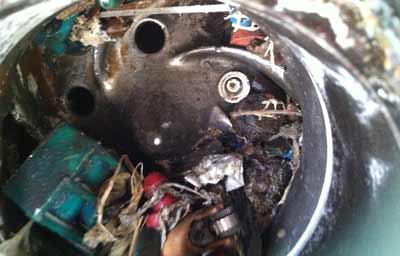
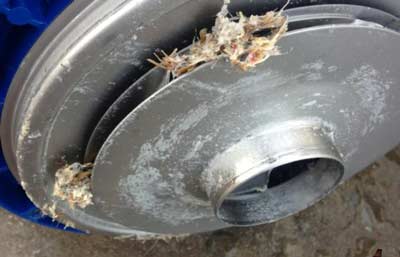
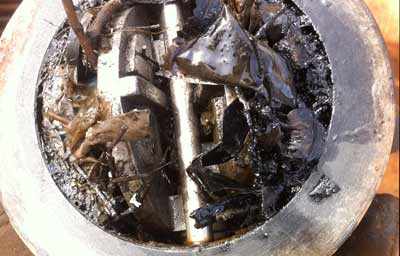
3) Oil Skimmer
A skimmer is an essential part of an oily water separator for loads of reasons, I’ve listed some below:
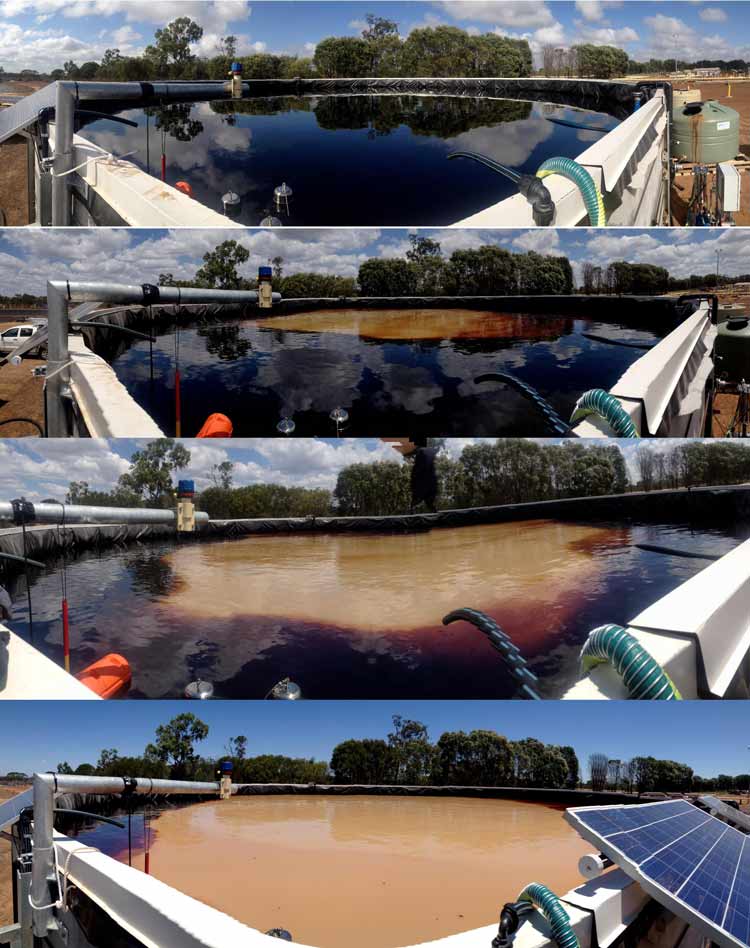
Why you need a skimmer:
- Reduces fire risk – by removing the top layer of oil, the risk of fire is greatly reduced
- Reduces the need for regular pit pump outs – with no oil allowed to build up in the pit, it doesn’t need to be pumped out as regularly
- Protects equipment performance – regular skimming prevents sudden slugs of oil being fed to the treatment system and impeding its performance
- Eliminates nasty odours – stagnant oil and grease layers can become smelly and produces potentially harmful gasses
- Improves visual appearance of pit – unsightly oil layers send a poor environmental compliance message to staff, customers, environmental agencies and neighbouring residents
- Reduces contact time of oil layer – Leaving oil in contact with water can result in biological activity which leads to the hydrocarbons becoming dissolved in the water – the dissolved phase can’t be treated with a mechanical separator so best not to let it form in the first instance
- Reduces the chance of anaerobic water – A layer of oil prevents oxygen getting to the water which leads to anaerobic water, acidic conditions and also harmful gasses and smells
- Protects wildlife – removing oil layer prevents birds and other wildlife from landing on or interacting with oil slicks
Have a look at the Ultraspin skimmer design and see them in action Ultraspin skimmer design and see them in action here
In summary – there are all sorts of components that go into making a reliable and high performing oil separator. If you’re in the market for an oily water separator, make sure your vendor is supplying all of the things in this list AND that they are of a suitable size and quality to give you headache free oil separation.

